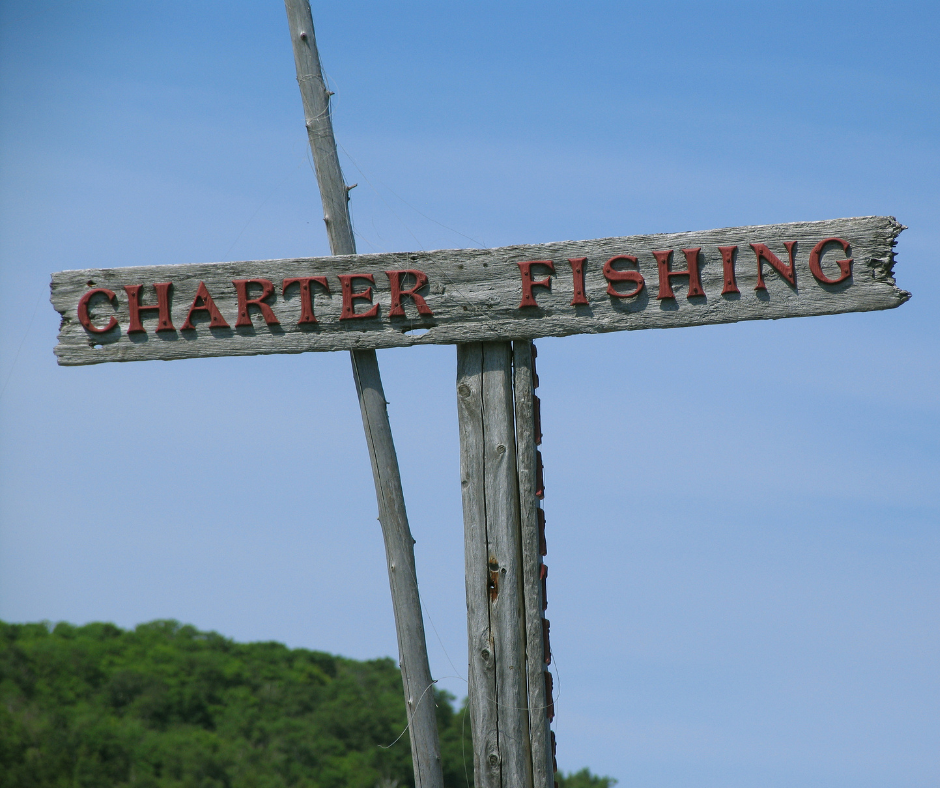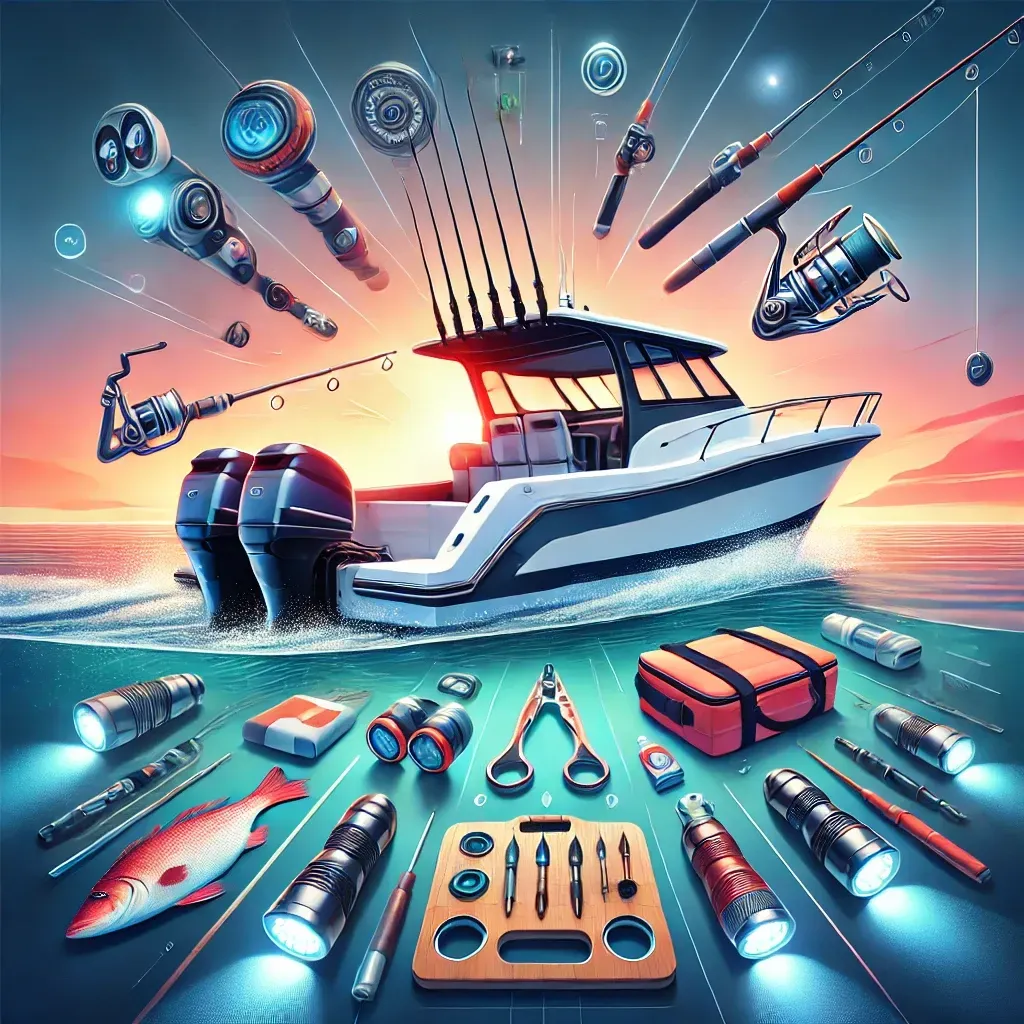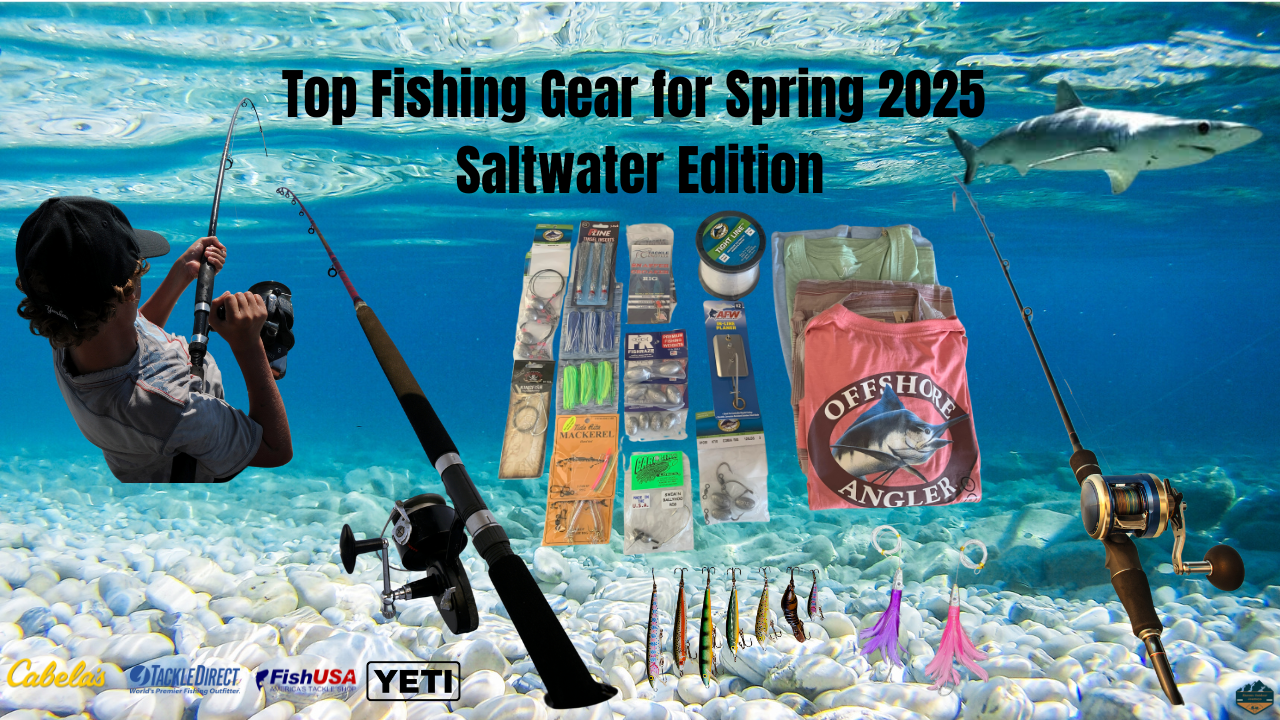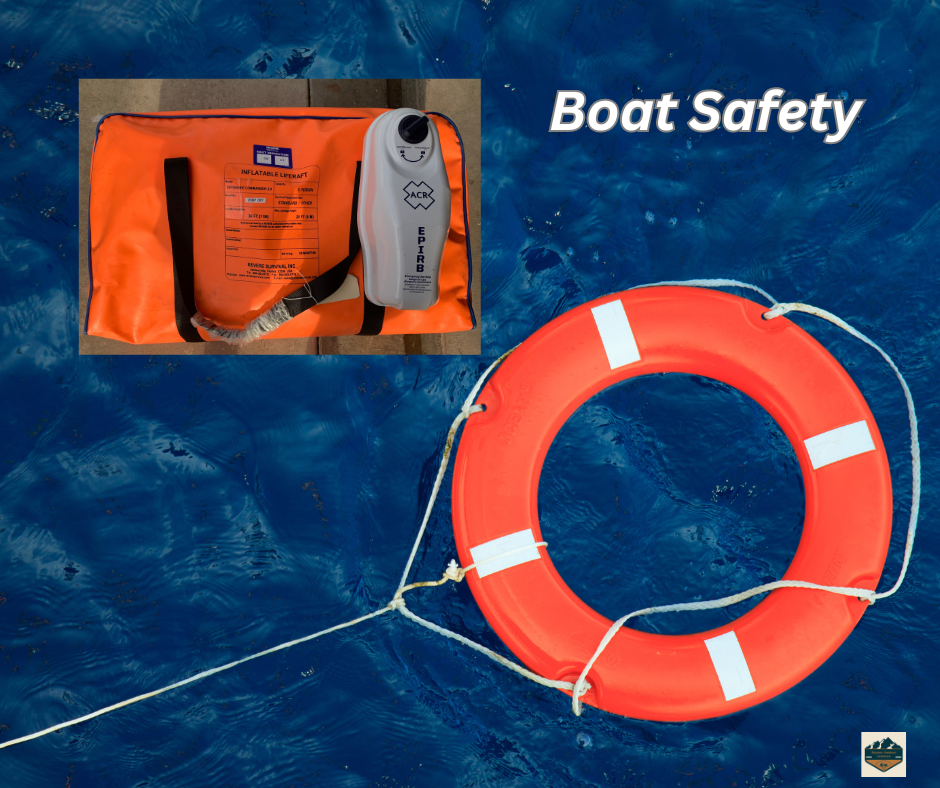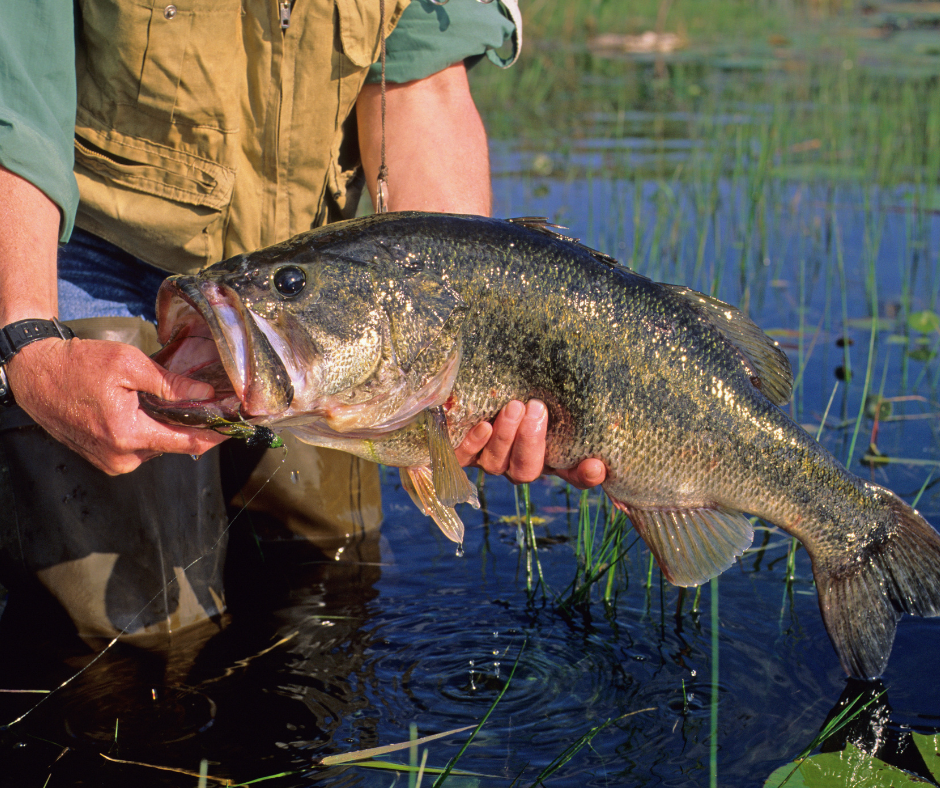Offshore Fishing: A Thrilling Adventure on the High Seas
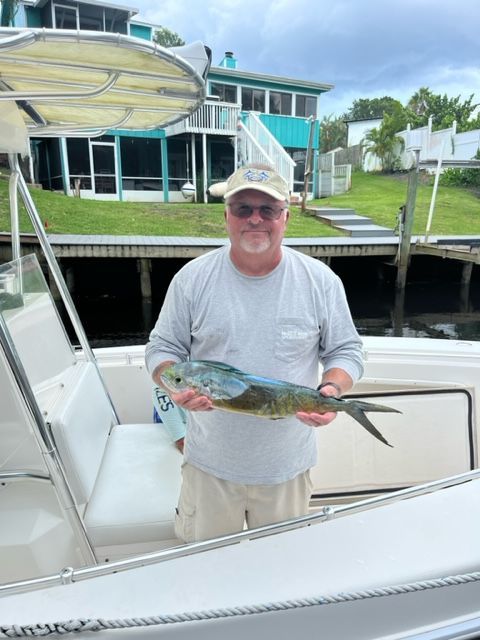
Offshore fishing, also known as deep-sea fishing, is an exhilarating and challenging activity that takes anglers far beyond the shores into the vast expanses of the ocean. It offers an opportunity to catch a wide variety of big game fish, from marlins and tuna to mahi-mahi and swordfish. In this article, we will explore the world of offshore fishing, covering its excitement, techniques, best practices, and the conservation efforts that ensure the sustainability of this cherished sport.
Offshore fishing promises an unparalleled adventure for avid anglers. Leaving the familiar coastline behind, you venture into deeper waters, where the sea reveals its true power and allure. The thrill of not knowing what awaits you beneath the surface adds a sense of mystery and excitement to the experience. The moment when a powerful fish takes the bait, and the line starts screaming off the reel is an adrenaline rush like no other.
Offshore waters are home to an impressive array of marine species, including billfish like marlins and sailfish, pelagic fish such as tuna and wahoo, and the colorful and acrobatic mahi-mahi (dolphin fish). Anglers also pursue the mighty swordfish, a formidable predator that can test even the most seasoned fisherman's skills. Each species requires different techniques and gear, making offshore fishing a diverse and captivating pursuit.
The success of offshore fishing heavily depends on having the right gear and tackle. Specialized rods, reels, lines, and leaders designed for handling large fish are a must. Additionally, downriggers, outriggers, and other rigging equipment are employed to optimize the fishing experience. The appropriate selection and use of bait are critical, as different species have distinct feeding preferences.
Offshore fishing involves various techniques, each tailored to target specific species. Trolling, where baits are drawn through the water behind a moving boat, is a popular method for catching fast and powerful pelagic fish. Bottom fishing is often used for species dwelling near the ocean floor. Additionally, kite fishing, live baiting, and chumming are other methods frequently employed by anglers to attract and entice their desired catch.
With the rise in popularity of offshore fishing, conservation efforts have become paramount to preserve the ocean's delicate ecosystem. Responsible anglers adhere to catch-and-release practices for certain species, releasing them unharmed to maintain their populations. Furthermore, adherence to fishing regulations and quotas is crucial to prevent overfishing and protect endangered species. By respecting the ocean and its inhabitants, anglers can ensure the future sustainability of offshore fishing for generations to come.
For those new to offshore fishing, or even experienced anglers seeking to explore new waters, chartering a fishing trip with an experienced captain and crew is an excellent option. Fishing charters provide the necessary gear, knowledge of local fishing grounds, and expertise to make the most of the adventure. Moreover, they are well-versed in sustainable fishing practices, ensuring that the ocean's ecosystem is safeguarded during the trip.
Offshore fishing opens the door to a captivating world of adventure and challenge on the high seas. From the thrill of battling powerful billfish to the joy of catching a variety of pelagic species, this sport offers an unforgettable experience for anglers worldwide. However, with this privilege comes great responsibility. Conservation efforts and responsible fishing practices are essential to preserve the ocean's biodiversity and ensure the sustainability of this beloved pastime for future generations. So, whether you are a seasoned angler or a novice, embark on an offshore fishing expedition and be prepared for an unforgettable journey into the depths of the ocean.
